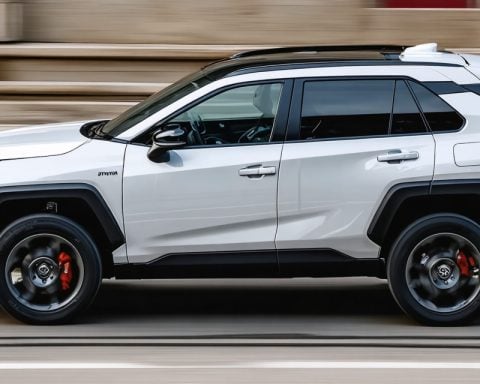As electric vehicle (EV) adoption continues to surge, the demand for more efficient and convenient charging solutions is mounting. A groundbreaking technology, wireless power transfer (WPT), is set to revolutionize the EV charging landscape. This innovative approach promises to eliminate tangled cords and cumbersome charging ports, offering a seamless experience reminiscent of charging your smartphone without wires.
What is Wireless Power Transfer?
WPT involves transferring energy from a source to a device without any physical connectors. Using an electromagnetic field, it transmits power from a charging pad to an EV parked above it. This technology isn’t entirely new; it powers devices like electric toothbrushes and certain smartphones. However, its application in automobiles marks a significant leap.
Impact on Urban Infrastructure
Integrating WPT into urban infrastructure could dramatically alter the way cities manage EV charging. Imagine streets and parking lots equipped with these invisible chargers, topped with smart technology to optimize grid usage. This infrastructure development could reduce reliance on charging stations, allowing EVs to charge whenever parked.
The Road Ahead
Despite its promising future, WPT faces challenges, including efficiency and cost concerns. Nonetheless, ongoing research is paving the way for commercial viability. Companies are working on enhancing WPT systems to support faster charging times and longer ranges. While widespread adoption may take time, WPT stands as a testament to the relentless innovation driving the EV market forward.
In an era where convenience meets sustainability, wireless EV charging could be the key to unlocking a new frontier in transportation.
Revolutionizing Electric Vehicle Charging with Wireless Power Transfer
As electric vehicle (EV) adoption accelerates globally, the quest for more efficient and user-friendly charging solutions is heating up. Among the most anticipated innovations is wireless power transfer (WPT), a technology poised to transform how we charge EVs, offering a sleek and effortless alternative to conventional charging methods. This article delves into the current realities and future prospects of WPT in the automotive industry, revealing insights that were previously underexplored.
Emerging Trends in Wireless Power Transfer
Wireless power transfer for EVs is not just a futuristic dream; it’s inching closer to becoming mainstream. Several automakers and tech companies are heavily investing in this technology, recognizing its potential to eliminate clutter and simplify the EV charging experience. Notably, partnerships between automakers and tech firms are driving significant advancements, aiming to integrate WPT technology not just in private garages but across public spaces.
Use Cases and Potential Applications
The potential applications of WPT extend beyond personal EVs. Public transportation systems, such as buses and trams, could benefit enormously from wireless charging. Imagine public transport vehicles recharging while pausing at stops or following their regular routes over embedded charging lanes. This innovation could reduce downtime and increase efficiency, making public transport systems more reliable and eco-friendly.
Challenges and Limitations
Despite its promise, WPT faces substantial technical and economic challenges. Efficiency losses during energy transfer and the higher initial cost of setting up WPT systems compared to traditional charging stations remain significant hurdles. Furthermore, the technology must prove its robustness in various weather conditions to ensure reliability across diverse geographical locations.
Innovations and Developments in WPT
Continuous research and innovation are essential to overcome the current limitations of WPT. Innovations such as dynamic wireless charging—where EVs charge on the move using embedded road coils—are on the horizon, potentially changing urban mobility dynamics. Similarly, advancements in materials and energy transfer technology could significantly improve efficiency and reduce costs.
Environmental and Economic Impacts
Integrating WPT into urban infrastructure could have substantial environmental benefits by promoting cleaner transportation solutions and reducing the carbon footprint associated with traditional fueling methods. Economically, the widespread adoption of WPT could lower operational costs for businesses and municipalities by reducing the need for large charging stations.
Predictions for the Future
Looking ahead, the evolution of WPT suggests a rapidly shifting paradigm in EV infrastructure development. With ongoing advancements, the technology’s seamless integration into everyday life seems inevitable. Analysts predict that as production scales up, costs will decrease, making WPT a financially viable option for a broader audience.
For more information on the developments and future of wireless power transfer, visit Scientific American.












